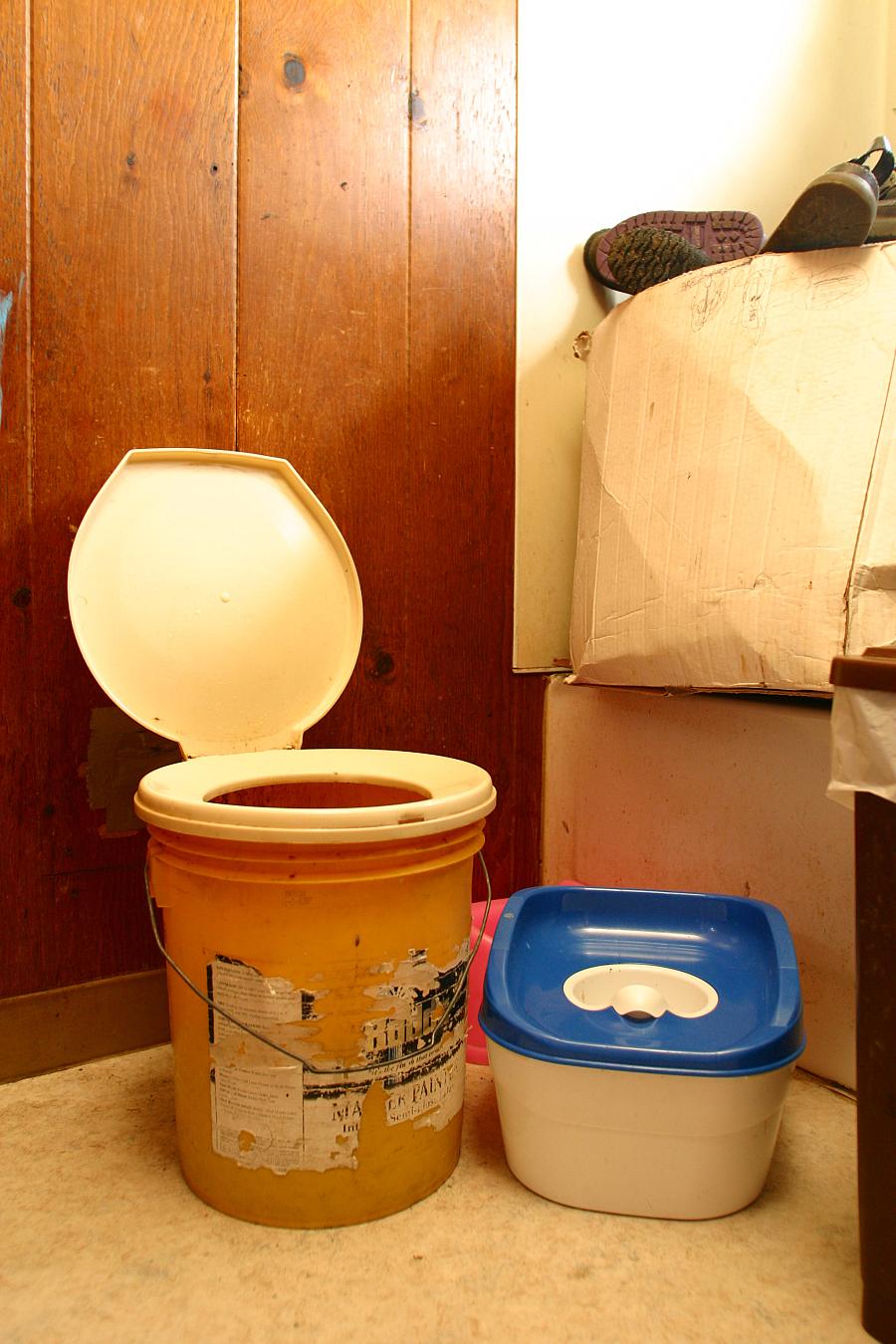Is the lack of clean water and sanitation hurting Alaska Natives' health?

Imagine hauling your family’s “honey bucket” of human waste to empty in an open sewage lagoon, and hauling water or chopping ice out of a river to melt for drinking water.
Unfortunately, these are conditions some 6,000 Alaskan households in 35 communities experience. Residents of another 1,800 homes live in underserved communities. They might have water delivered and waste taken away by truck, a central community watering point, or a community washeteria where people can do their laundry and take showers. Are these conditions related to the fact that residents in these communities are predominantly (80 to 90%) Alaska Native -- Inupiaq and Yup’ik Eskimos, and Athabascan Indians?
The lack of easy access to clean water and sanitary waste disposal contribute to significantly higher hospitalization rates -- due to respiratory and skin diseases -- than in communities with facilities. Alaska Natives have a life expectancy seven years shorter than non-Native Alaskans (who can expect to live one year less, on average, than all U.S. residents). How does the lack of sanitation facilities affect health and life expectancy?
It’s true, conditions are unique. Many villages rest on impermeable permafrost, with high water tables, and far from population centers. Most are not connected by road so everything has to be brought in by airplanes or boats. So is it engineering? Are there innovative technical solutions on the horizon?
The state of Alaska is one of the wealthiest, with $40 billion in its savings account. In fiscal year 2014, the state budget totaled $13.2 billion. Of that, $51.5 million went to village safe water. Is that enough? And with unemployment rates as high as 24% in some rural areas, and shockingly high poverty rates, can rural communities maintain facilities?
Through a National Health Journalism Fellowship, I’ll be seeking answers, particularly to the question: Why do these conditions persist?
For more information, see:
“Alaska’s Fiscal Year 2014 Budget” http://omb.alaska.gov/ombfiles/14_budget/PDFs/4_Press_Packet.pdf
“The Relationship Between In-Home Water Service and the Risk of Respiratory Tract, Skin, and Gastrointestinal Tract Infections Among Rural Alaska Natives” http://www.ncbi.nlm.nih.gov/pmc/articles/PMC2636427/)
“Overview of Funding and Needs for Rural Alaska Water and Sewer Improvements”
http://www.arctic.gov/water-san/watersan2/griffith_presentation.pdf
“The Alaska Water and Sewer Challenge” http://dec.alaska.gov/water/watersewerchallenge/index.html
“Sustainable Utilities in Rural Alaska” http://www.iser.uaa.alaska.edu/Publications/sustainA.pdf
Photo by Noel Zia Lee via Flickr.

